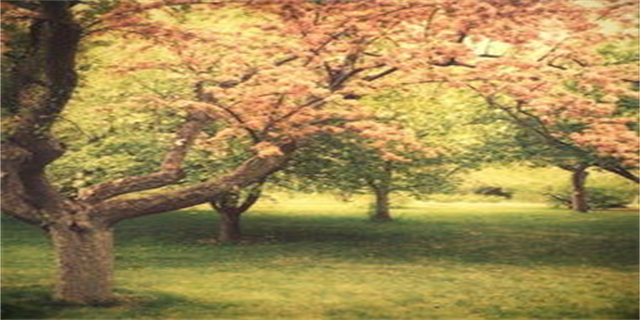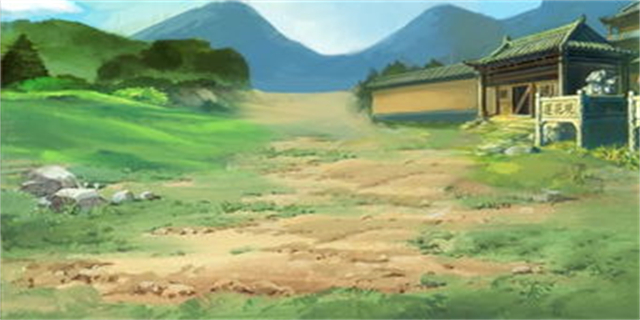combative(Combative The Art of Fighting)

Combative: The Art of Fighting
Introduction: The Art of Combat
Combative refers to the fierce and aggressive nature of combat. It is the art and science of fighting, encompassing various techniques and strategies to overcome opponents. From ancient civilizations to modern times, the combative spirit has been an integral part of human history. In this article, we will explore the significance of combative skills, the different forms it takes, and its relevance in the contemporary world.
The Evolution of Combative Skills

In its earliest form, combative skills were developed for survival. Humans relied on their innate instincts to protect themselves and their tribes from predators and rival groups. As civilizations evolved, combat became an organized and strategic practice. Martial arts systems emerged, each with its own philosophy, techniques, and training methods. These systems not only taught self-defense but also provided a means of physical and mental development. From ancient disciplines like Kung Fu and Jiu-Jitsu to modern combat sports like Mixed Martial Arts (MMA), combative skills have continuously evolved to fit the changing needs of society.
Combative Skills in the Contemporary World
In today's world, combative skills serve a variety of purposes. On an individual level, learning self-defense techniques instills confidence and provides a sense of security. It equips individuals with the ability to protect themselves and their loved ones from potential threats. Moreover, combative training promotes physical fitness, discipline, and mental resilience – qualities that are essential for personal growth.

Beyond personal empowerment, combative skills have practical applications in law enforcement and military sectors. Police and military personnel undergo rigorous combative training to handle challenging and dangerous situations. These skills enable them to neutralize threats and protect the community. Additionally, combative sports have gained popularity as a form of entertainment and competition. Events like boxing, wrestling, and martial arts tournaments attract millions of spectators worldwide, showcasing the skill, athleticism, and dedication of combative athletes.

The Philosophy of Combative Skills
While combative skills are primarily aimed at overcoming opponents physically, they also encompass a philosophical aspect. Most martial arts systems emphasize values such as respect, discipline, and honor. Practitioners are taught to avoid conflict when possible and to use their skills responsibly. The martial arts philosophy encourages practitioners to develop a deep understanding of themselves and others, promoting empathy and compassion.
Moreover, the philosophy of combative skills extends beyond the individual. Many martial arts systems teach the importance of harmony and balance, both in combat and in life. Techniques like redirecting an opponent's energy or finding the \"path of least resistance\" demonstrate the principle of efficiency and conservation of energy. These concepts can be applied not only in combat but also in problem-solving and decision-making.
Conclusion
Combative skills hold a significant place in human history and continue to shape the world today. Whether for self-defense, professional purposes, or personal growth, the combative spirit not only equips individuals with physical skills but also instills valuable life lessons. By honing combative skills, individuals gain traits such as discipline, respect, and resilience. At its core, combative is not just about fighting; it encompasses a philosophy that promotes personal development and fosters a sense of community. In a world where conflicts exist, having the ability to defend oneself and others is crucial, making combative skills a timeless art.











